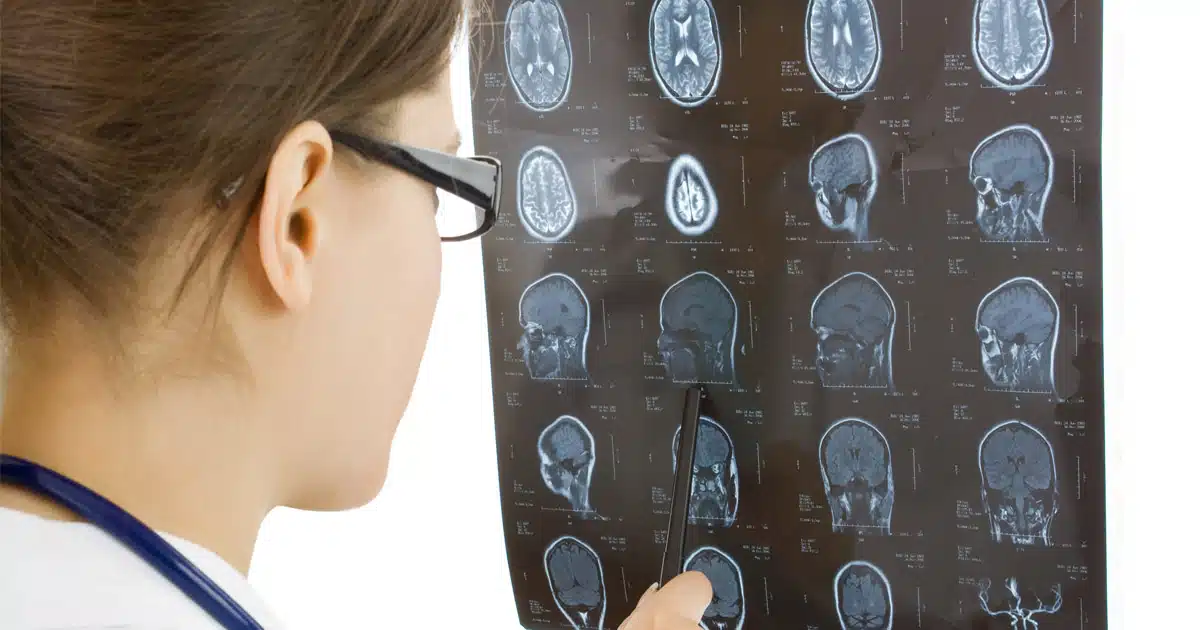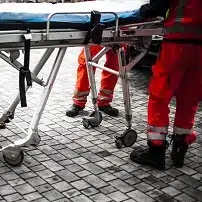Radiologists are healthcare professionals that perform a range of medical imaging tests, including Computed Tomography (CT) Scans, Magnetic Resonance Imaging (MRI), Positron-Emission Tomography (PET), X-Rays and ultrasounds. In recent decades, radiologists have shifted from using conventional radiological film to a picture archiving and communication (PAC) system. While this system provides a range of benefits to patients and radiologists, including more efficient scheduling and workflow, less space needed for storing the data, and a greater ease of standardization of structured reporting, studies indicate that the transition to a computer-based workforce has also caused radiologists to suffer a range of physical consequences associated with sitting at a computer for extended periods of time. If you are a radiologist, and you suffered a workplace injury, contact an experienced Workers’ Compensation lawyer as soon as possible.
What Are the Most Common Injuries That Affect Radiologists?
According to a survey by the American College of Radiology (ACR), close to one-third of radiologists in the United States report that they suffer from lower back pain, and other musculoskeletal injuries associated with the shift to the PACS system. Spending prolonged periods of time sitting at a desk, the use of non ergonomic chairs and a failure to take regular breaks can cause lower back pain, neck pain and repetitive stress injuries. According to researchers, in addition to having fewer face-to-face interactions with patients, the current system of sitting in front of a computer for hours at a time can cause musculoskeletal injuries like “computer back” and “mouse shoulder.”
Approximately 500 practice leaders were contacted by the ACR’s Human Resources Commission. This represented roughly one-third of all practicing radiologists in the United States. They were asked to complete a survey that addressed workplace injuries, and musculoskeletal injuries were a common complaint. In fact, 32 percent of practice leaders reported that radiologists experienced back pain, 25 percent reported neck pain, and 16 percent experienced repetitive stress injuries. Some of the contributing factors included poor job satisfaction and negative workplace environments. Unfortunately, in radiology and most other fields, decreased job satisfaction can also lead to burnout.
According to the study, one of the main factors that contributed to the incidence of low back pain, neck pain and repetitive stress injuries is time sitting in awkward positions on non-ergonomic chairs. By raising awareness of this problem, and implementing changes in radiology, like providing ergonomically designed seating, this can help prevent musculoskeletal injuries and improve overall job satisfaction.
What Should Employers Do to Improve the Work Environment for Radiologists?
Years of research suggests that ergonomic seating and the use of adjustable tools and equipment can help prevent workplace injuries among radiologists, as well as other healthcare providers. In addition to providing these options, it is imperative that employers oversee and manage the process of incorporating them into the workflow. For example, by rotating sonographers through portable service, it allows them to take a break from rushing from one room to another. While this may seem like a minor change, proactive steps like this can significantly reduce the risk of injuries.
Employers should also take steps to protect radiologists and other employees from exposure to infections. Providing the necessary personal protective equipment (PPE), including surgical masks, gloves and isolation gowns is imperative to preventing the spread of infections. It is also highly recommended that hospital employers take steps to ensure that all surfaces are thoroughly disinfected and that the air quality is monitored on a regular basis to prevent the spread of airborne infections.
What Steps Can Radiologists Take to Prevent Workplace Injuries?
While system-side changes can take time to implement, there are steps that radiologists can take to help reduce the risk of a musculoskeletal injury or other workplace injuries, including the following:
- Do a series of stretches before conducting a scan, as well as throughout the day. Several short stretches are more beneficial and have a great impact than one long stretch.
- Incorporate quick exercises while sitting at your desk, or during your lunch hour. Increase the intensity of these quick workouts by incorporating resistance bands or stress balls.
- Take the stairs instead of the elevator whenever possible.
- Take regular breaks and incorporate a set of lunges before returning to work.
- Park in a spot that is farther away from the building so that you have a reason to walk.
What Other Health Hazards Are Radiologists Exposed to in the Workplace?
In addition to the physical injuries that are common among radiologists, they are also exposed to a range of infectious diseases. According to the Centers for Disease Control and Prevention (CDC), examples of illnesses that radiologists are exposed to in the workplace include influenza, COVID-19, tuberculosis, and HIV. Depending on the type and severity of the infection, radiologists who have been exposed to an infectious disease can suffer very serious health complications that may cause him or her to miss a significant amount of work. Infections are transmitted in the following ways:
- Direct transmission: This occurs when an infection is spread by direct contact from one person to another. Skin-to-skin contact is the most common type of direct transmission.
- Indirect transmission via fluids: This occurs when an infection is spread by bodily fluids like urine.
- Indirect transmission via vectors: This type of transmission occurs when an infection is spread by an insect bite, including mosquitoes, fleas and ticks.
- Indirect transmission via vehicles: Infections can also be spread by an object that is carrying an infection. Examples include food, water, blood, and fomites, which are inanimate objects like bedding handkerchiefs and surgical scalpels.
- Indirect transmission by airborne media: This occurs when infectious agents are suspended in the air. Common examples include dust and droplets that contain spores or infectious microorganisms.
- Indirect transmission by droplets: This occurs when there is a transmission of an infection via fluid from the eyes, nose or mouth. Sneezing, coughing and tearing are examples of droplet transmission.
Wilmington Workers’ Compensation Lawyers at Rhoades & Morrow Represent Radiologists Suffering from Workplace Injuries
If you work as a radiologist, and you are suffering from a work-related injury or illness, contact one of our skilled Wilmington Workers’ Compensation lawyers at Rhoades & Morrow. We will continue to fight for you until you are completely satisfied. To schedule a free consultation, call us today at (302) 427-9500 or contact us online. With offices located in Bear, Wilmington, Milford, and Lewes, Delaware, we serve clients throughout the state.





